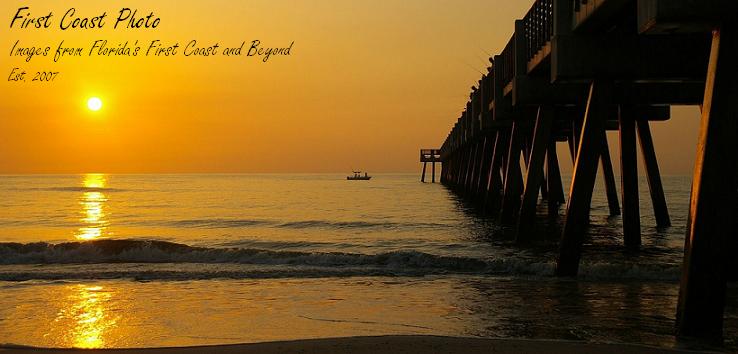
In honor of all our British blogging friends across the pond, my ABC Wednesday for the letter R is Redcoat!
 Redcoat is a nickname given to British soldiers of the 17th to 19th centuries due to the fact that the uniform of the army included a red coat.
Redcoat is a nickname given to British soldiers of the 17th to 19th centuries due to the fact that the uniform of the army included a red coat.

 From an early stage the facings (lapels, cuffs and collars) of the red coat were varied, depending upon which regiment the uniform belonged to. Examples were scarlet for the 33rd Regiment of Foot, yellow for the 44th Regiment of Foot and buff for the 3rd Regiment of Foot. An attempt at standardisation was made following the Cardwell Reforms of 1881, with English and Welsh regiments having white, Scottish yellow, Irish green and Royal regiments dark blue.
From an early stage the facings (lapels, cuffs and collars) of the red coat were varied, depending upon which regiment the uniform belonged to. Examples were scarlet for the 33rd Regiment of Foot, yellow for the 44th Regiment of Foot and buff for the 3rd Regiment of Foot. An attempt at standardisation was made following the Cardwell Reforms of 1881, with English and Welsh regiments having white, Scottish yellow, Irish green and Royal regiments dark blue.

Scarlet tunics ceased to be general issue upon British mobilisation in August 1914. The Brigade of Guards resumed wearing their scarlet full dress in 1920 but for the remainder of the Army red coats were only authorised for wear by regimental bands and officers in mess dress or on certain limited social or ceremonial occasions (notably attendance at Court functions or weddings). The reason for not generally reintroducing the distinctive full dress was primarily financial, as the scarlet cloth requires expensive cochineal dye.
As late as 1980, consideration was given to the reintroduction of scarlet as a replacement for the dark blue "No. 1 dress" and khaki "No. 2 dress" of the modern British Army, using cheaper and fadeless chemical dyes instead of cochineal. Surveys of serving soldiers' opinion showed little support for the idea and it was shelved.
Information mostly taken from: http://en.wikipedia.org/wiki/Red_coat_(British_army)
All photos taken in St. Augustine, FL during December 2007 at a living history event depicting the "British period" of the city from 1763-1784.
Visit Mrs. Nesbitt's Place for all the ABC Wednesday fun.


16 comments:
great R post...
Will you visit mine Thanks
Very nice. It's different from the usual fatigue uniform the army wore. The problem is, red can be spotted easily so it may be to their disadvantage come battle time.
Elegant uniforms.
Very visible soldiers in their red coats. Camouflage was not a consideration, i guess. ;)
My R
Unsual choice. Great post packed full of info.
I like that you did not mix objects. Red coats and all! Interesting post!
Very informative post for the theme and lovely photos too.
Well done, Alan!
Interesting and the red coats really stand out.
WoW! Great shot and interesting reading.
And YES! I really could need some chocolate right now;)
Very interesting historic stuff. I thought one of the main reason for abandoning such colourful uniforms were that they were - well, colourful and highly visible.
Wonderful and original R!
:-Daryl
Well this is a great post! I had all sorts of misconceptions about those Redcoats (and a lot of bias, I must admit!). Really fascinating.
I like these historic recreations; it seems we will be having one next year in Oporto because of the napoleonic wars ... I'll try to go there and see it.
As for the blog, my dear friend ... imagine that even I, the owner of the blog don´t know what happened ... yesterday by middle of the afternoon it vanished ... just like that ... that and two more I had in portuguese ... I never thought that could happen to me.
So I had to create a new one.
Bbut I'll keep it simple this time.
One photo, some few words if needed and keep in touch with the friends.
No more of those elaborated post and comment post, they were killing me.
And I have one of my twins whose needing some more attention; her school marks are not coming what they should be and my wife is also having some health problems so ...
Great post Alan, colourful and informative....just like you! LOL!
Very original R. Great pictures. As a Brit over here (US), loved the history lesson too.
Interesting R post Alan.
In South Africa the British went by some more unflattering names by the Boer fighters during the Anglo Boer Wars.
One of the reasons why the British scrapped their red coats, for khaki, when going into battle was that this made them prime targets for the Boer marksmen at the Battle of Amajuba, where they were defeated.
It was during the second Anglo Boer War that the Boers started calling the British troops, "Khakis", because of the colour of their uniforms, or "rooinekke" (red necks), because of the sunburn so many of then suffered from.
This is a great "R"!!too cute.
Post a Comment